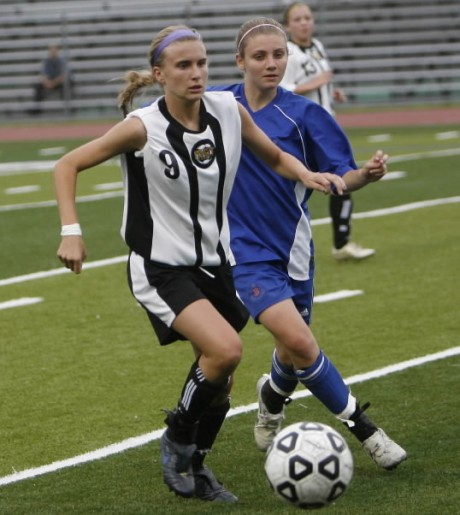So in reality many parents are simply asking a question of my ability. But a parent or coaches concerns about my ability should not lie in whether I can improve their vertical jump, but whether I can keep them injury proof. Here is why.
I WON'T TEACH YOUR ATHLETE TO JUMP, UNTIL THEY KNOW HOW TO LAND.
 If a skydiver can't land, should he really be jumping out of a plane?
If a skydiver can't land, should he really be jumping out of a plane?The majority of non-contact knee and ankle injuries come from improper foot placement during deceleration/landing or from inadequate joint stabilization during landing. Either way, the problem is during the landing.
I have been researching hamstring strains in sprinters and even in those cases, the hamstring is never injured on the pull through, but rather is injured immediately after the heel strike following the flight phase.
 |
| Soccer Player Cutting |
We are starting tomorrow and still have a handful of spaces available. The camp meets on Tues/Thurs from 4-5pm for 6 weeks. For only a $120 investment, your athlete will come away more agile, quicker, and most importantly, with a much lower risk of non-contact injury!
For more information send me an email at aaron@pairmarotta.com.






